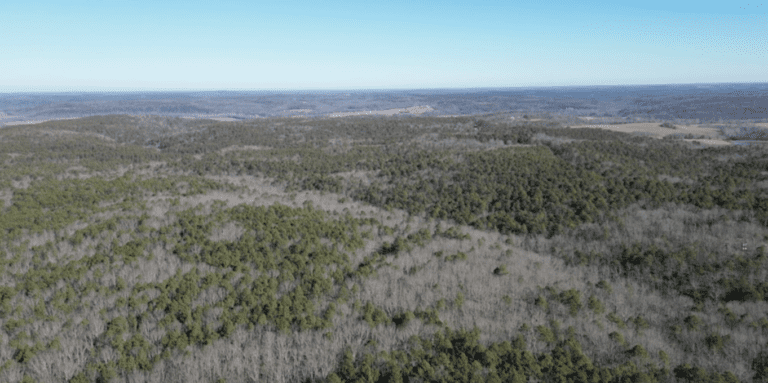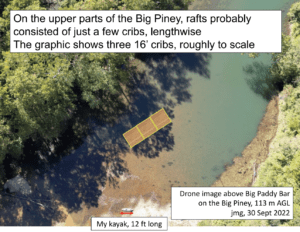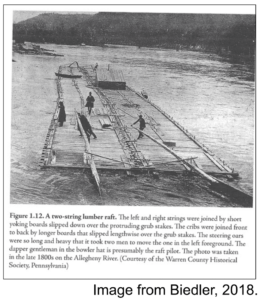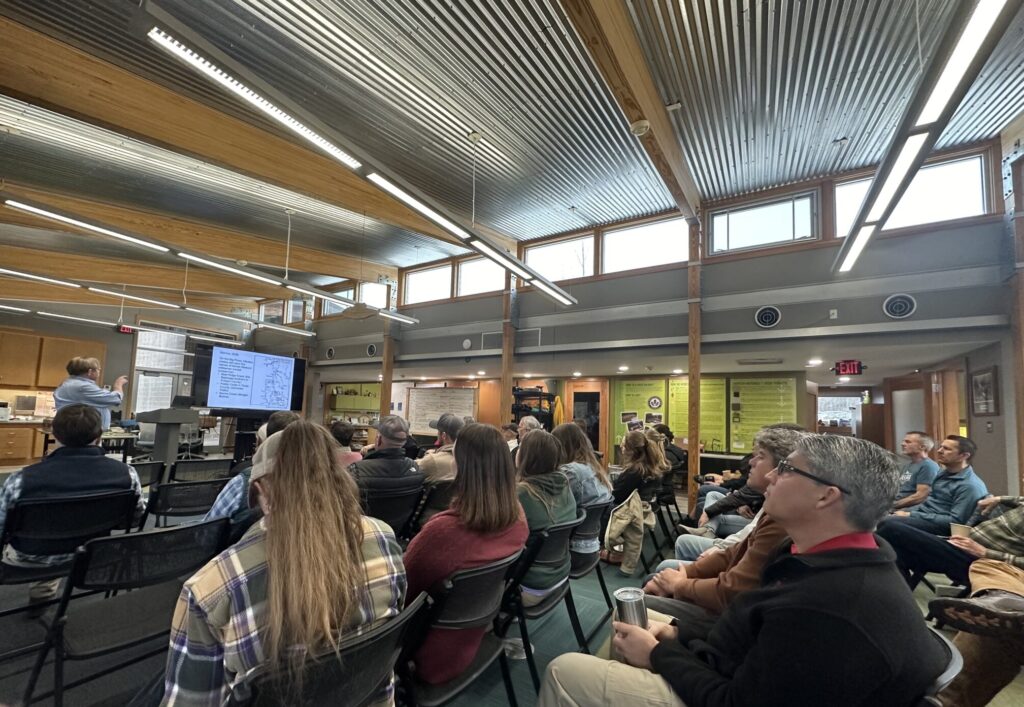March Monthly Meeting Recap:
James Guldin Presented on the Gasconade Mills: History of the first commercial harvests of shortleaf pine in Missouri.

Our March Meeting was on Friday, March 1st, at the Watershed Center!
Mr. Guldin is a retired USDA Forest Service research scientist in forest ecology and silviculture. He said the State of Missouri recently passed a significant milestone: The 200th anniversary of the first commercial timber harvests of shortleaf pine in the State. Late in the second decade of the 19th century, sawmills began harvesting shortleaf pine into lumber along Big Piney River and Little Piney Creek, tributaries of the Gasconade River in Phelps, Pulaski, and Texas counties. Demand was triggered by the need for construction lumber in St. Louis and towns along the Mississippi River after the War of 1812.
 He showed photos of the old sawmills and said they were timber frame sash mills powered by water. Sash mills could produce 2,000-3,000 bf of lumber a day. The mills sawed lumber from shortleaf pine logs abundant throughout the area. Mr. Guldin explained how the lumber was used to make rafts like Huckleberry Finn’s. This is how folks moved the lumber along the river.
He showed photos of the old sawmills and said they were timber frame sash mills powered by water. Sash mills could produce 2,000-3,000 bf of lumber a day. The mills sawed lumber from shortleaf pine logs abundant throughout the area. Mr. Guldin explained how the lumber was used to make rafts like Huckleberry Finn’s. This is how folks moved the lumber along the river.

In those days, there wouldn’t have been large banks. Therefore, the rivers would have been wider, and flooding helped the rafts by raising water levels. He showed drone photos of different areas of the Big Piney River area, pointing out places where the mills would have been and how the landscape differed. The Civil War and the introduction of railroads to the area ended this type of sawmill and raft activity.
Mr. Guldin’s references:
- Beidler, Peter G. 2018. Rafts and other rivercraft in Huckleberry Finn. Columbia, Missouri: University of Missouri Press. 179 p.
- Blevins, Brooks. 2018. A History of the Ozarks, Vol 1: the Old Ozarks. University of Illinois Press.
- Gunter, Peter. 2017. Big Piney Pioneer The story of Sylvester Pattie Houston Herald, 9 March 2017.
- Gunter, Peter. 2017. First Mill Arrives. Houston Herald, 16 March 2017. Gunter, Peter. 2017. A sad end. Houston Herald, April 20, 2017. Morrow, Lynn. 2008. Piney sawmillers at Gasconade Mills. Old Settlers
- Gazette, p. 30-42. Morrow, Lynn. 2016. Old Pulaski-a lumbering and rafting legacy. Part 1.
- Old Settlers Gazette Archive online—www.oldstagecoachstop.org Morrow, Lynn, 2017. Old Pulaski-a lumbering and rafting legacy. Part 2.
- Old Settlers Gazette Archive online—www.oldstagecoachstop.org Morrow, Lynn. 2008. Daniel Morgan Boone’s Missing Years: Sending
- Ozarks Pine to St. Louis. Southeast Missouri State University Press. (Looks like an online source.)
- Schoolcraft, H.R. 1853. Scenes and adventures in the semi-alpine region of the Ozark mountains of Missouri and Arkansas. Philadephia: Lippincott, Granbo and Co. 256 p.
Missouri Department of Natural Resources Update:
Chris Miller said the city of Springfield is now delegating construction permits, and DNR will audit as part of the MS4, though DNR still has the right to do inspections on those properties if there is a water quality impact. He said the Department is conducting interviews for summer internships and job postings are listed MoCareers.mo.gov.
Regional Updates:
Todd Wilkinson said JRBP’s Earth Day registration opens today. Earth Day is April 22, 2024. Loring Bullard said Doug Tallamy will be presenting on May 18, 2 pm at the Darr Center. Tickets are $25 and you can register here. The event will coincide with a native plant sale at the Darr Center. Mr. Bullard also promoted the first Dark Sky Festival, which will be on October 25-26 at Ozark Natural Scenic Riverways. They are looking for partnerships and volunteers for the event. Marra Holt said Watershed’s Summer Gala is June 21 at Wire Road Brewing


